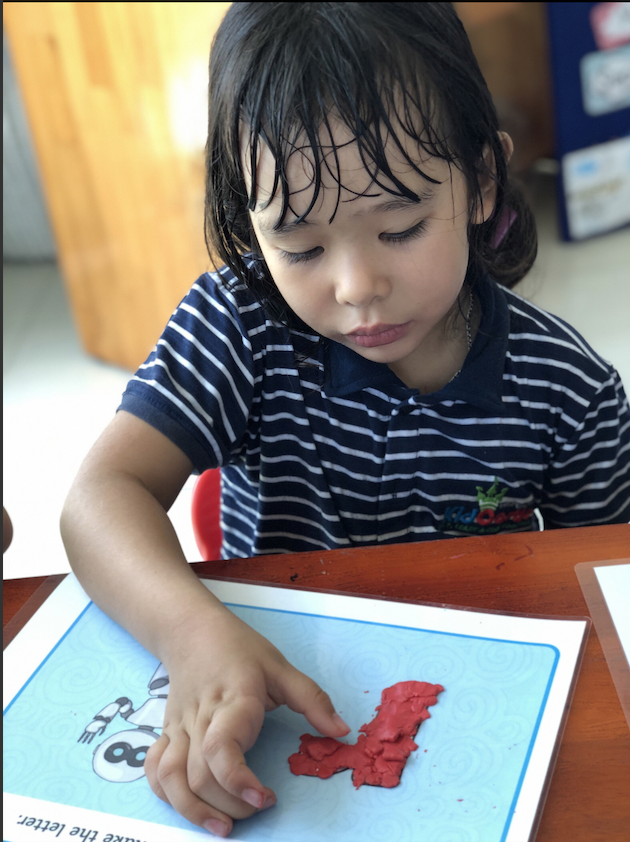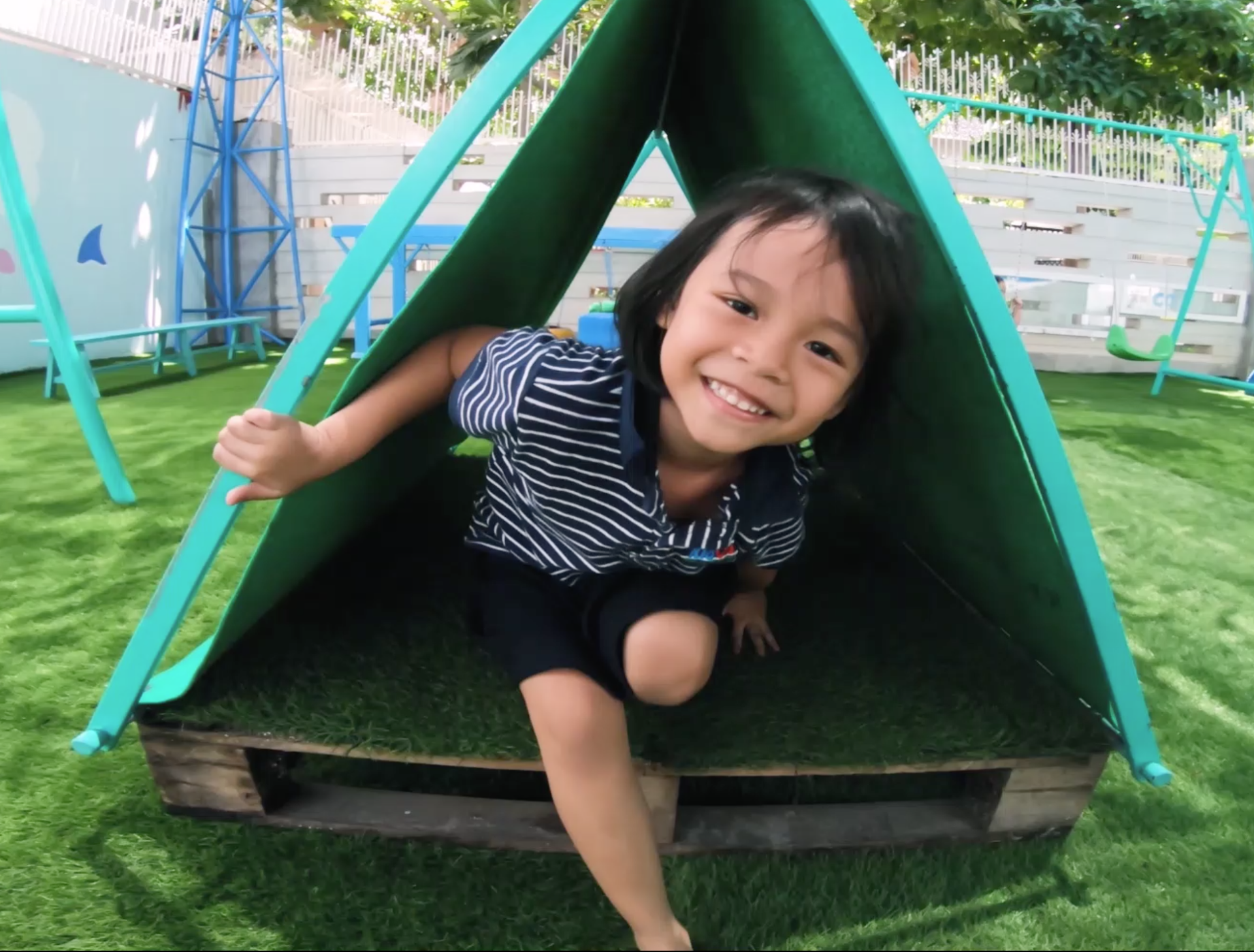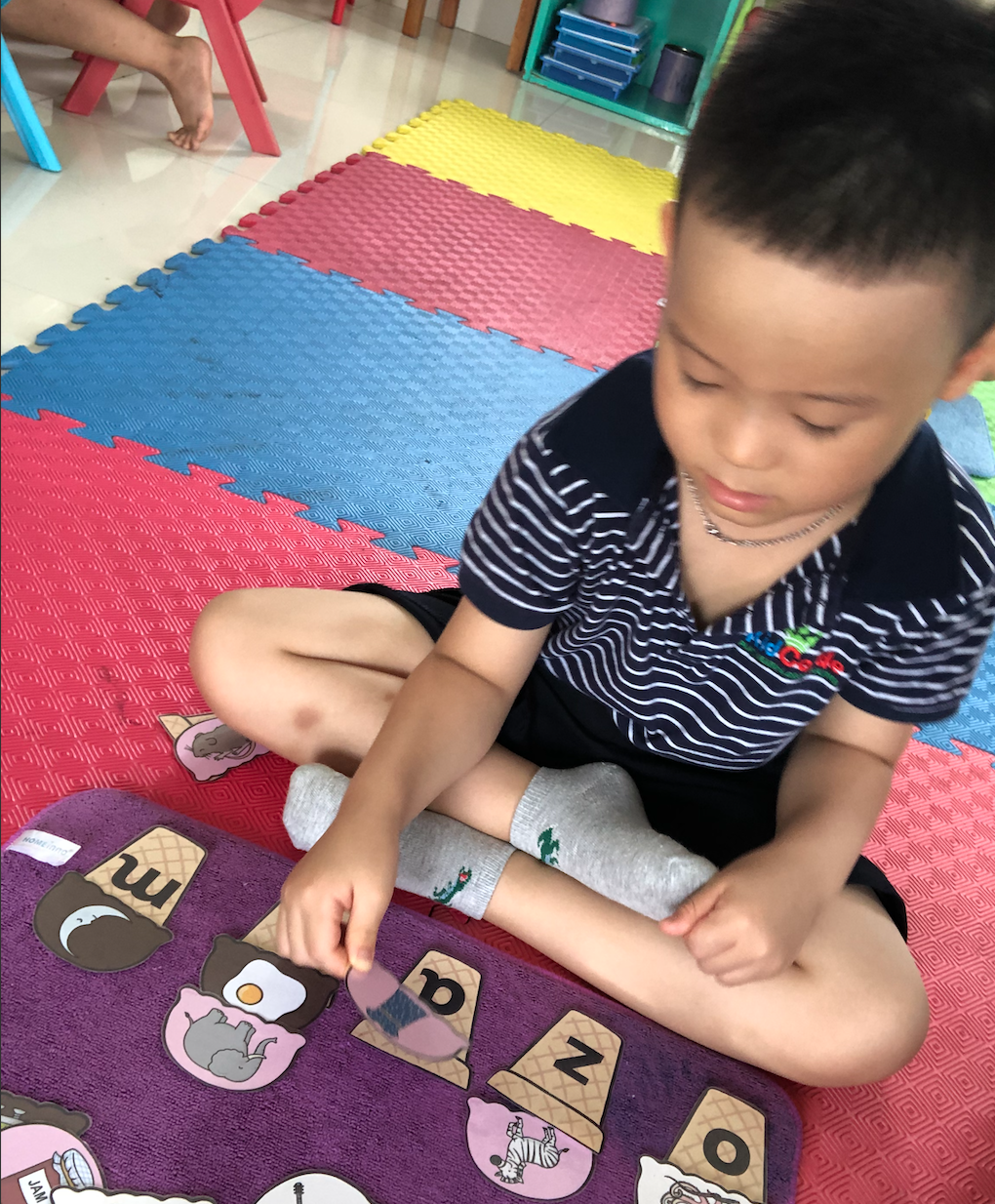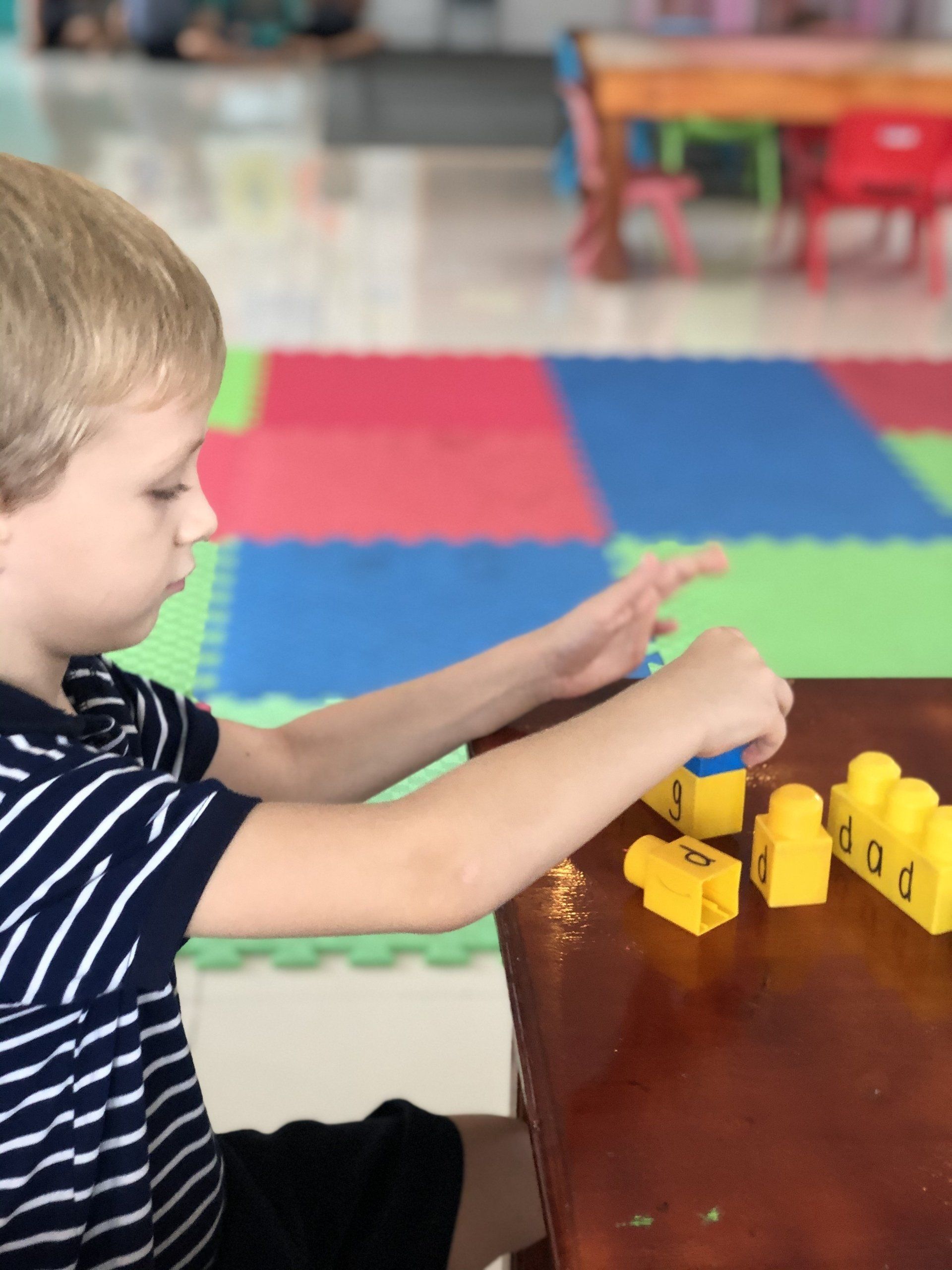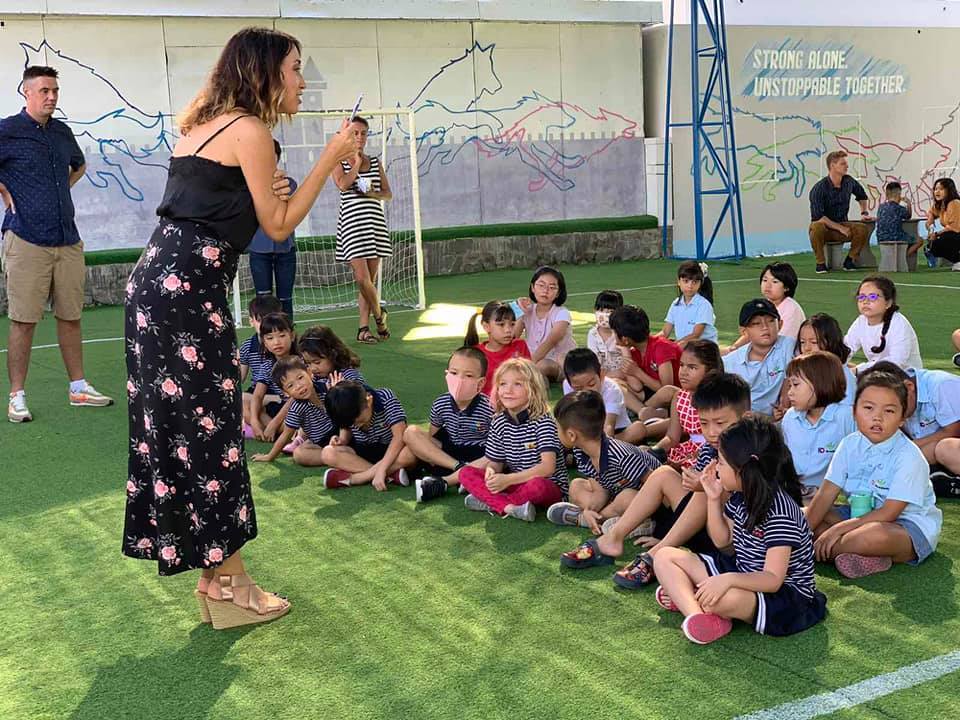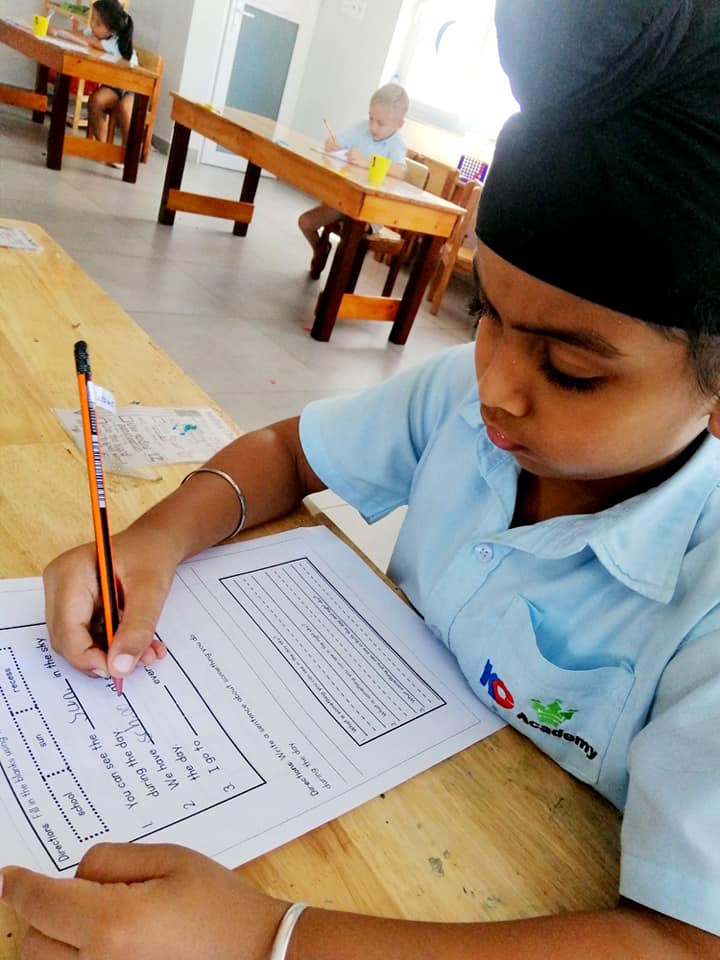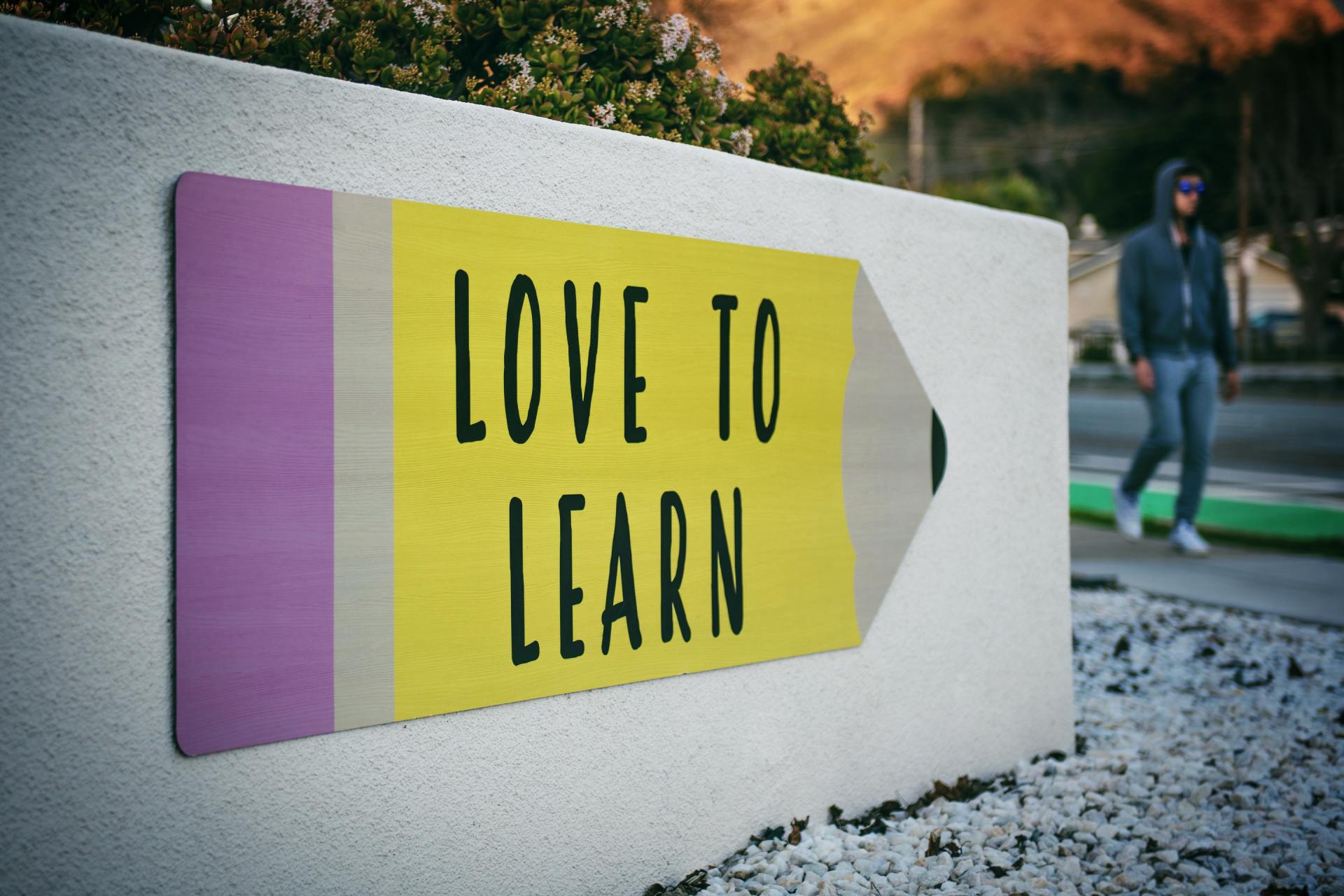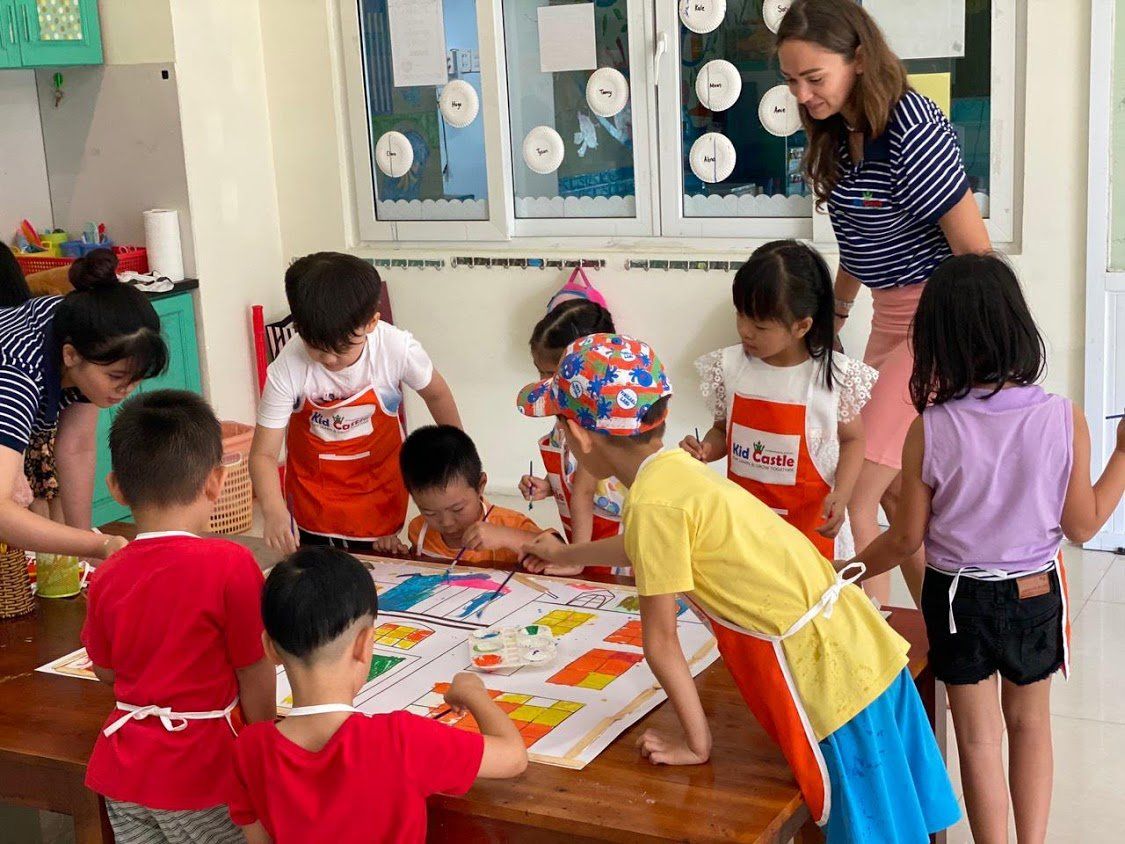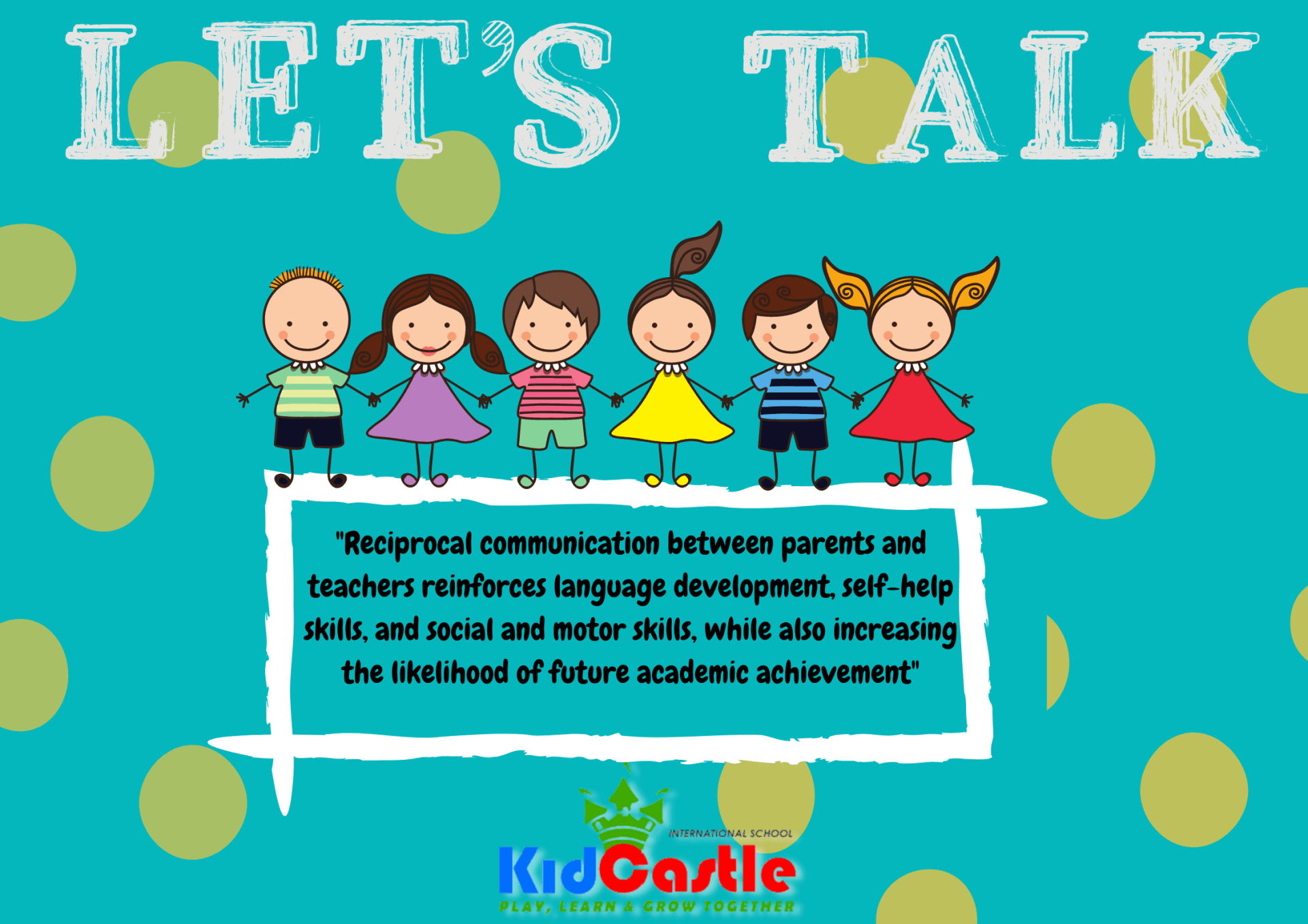Importance Of Science In Early Childhood Education
New Title

Young children are naturally inquisitive, full of questions about the world around them and the drive to investigate how things work. It follows, therefore, that we should take advantage of this innate curiosity and start channelling their enthusiasm for scientific discovery as early on as possible. At Kid Castle, we explore the many different, creative and interactive ways to activate a child’s natural inquisitive nature through science.
A research study that was compiled by Center for Childhood Creativity found 5 key facts about early STEM (science, technology, engineering, and mathematics) education and its importance:
- STEM thinking naturally begins in infancy
- To become strong STEM thinkers, children need more play
- STEM amplifies language development; language enables STEM thinking
- Active, self-directed learning builds STEM skills and interest
- Children’s abstract thinking potential can be unlocked through both adult support and executive function skill development
How Kid Castle Creates Stem Thinkers in Kindergarten:
- Explore, explore, explore! Science is everywhere, which is why a visit to the park or an afternoon in the playground provide so many opportunities to learn. We always encourage our students to question their surroundings, and then discuss. If there is something they’re unsure of, we research and learn the answer together.
- Remember, science is cumulative. This means that children will build knowledge from what they already know. We celebrate science as early as possible, discuss science-based topics weekly, and make it fun by modeling different experiments for whole class learning.
- Always consider a student’s individual personality, interests, and social habits. This allows to come up with engaging activities that make them feel excited yet comfortable. Also, being mindful of what a child wants to do, as this will heighten their ability to learn.
Invest in cost effective materials. By utilizing pizza boxes, recycled plastic bottles, and laminating paper, many interesting and creative experiments can be made for visual ability to see science come to life.
The best part about creating STEM thinkers, is that it can start right from your own home. If you’re looking for some fun and interesting ways to incorporate science into your at home routine, here are some fun and easy activities you can do with your child:
- Go on a nature walk. Talk about what you hear, smell, and see.
- Go to the park. Look around for signs of animals. Don’t forget to examine the plants at the park!
- Test out velocity (speed) by rolling different toy vehicles or balls down slides at the park.
- Drop balls off the play structure at the park. Count how many bounces you get out of each ball. Bonus: make predictions (guesses) BEFORE dropping the balls!
- Gather up water suitable toys. Test which ones sink and which ones float. Bonus: wash the toys. They’re wet anyway, so why not?
- Baking soda + vinegar = lots of fun! Remember the old volcano experiment from science class? Do it with your toddler. Experiment with different amounts of vinegar and baking soda or add food coloring.
Stay tuned for our next weekly science activity
New Title
Latest News and Events
